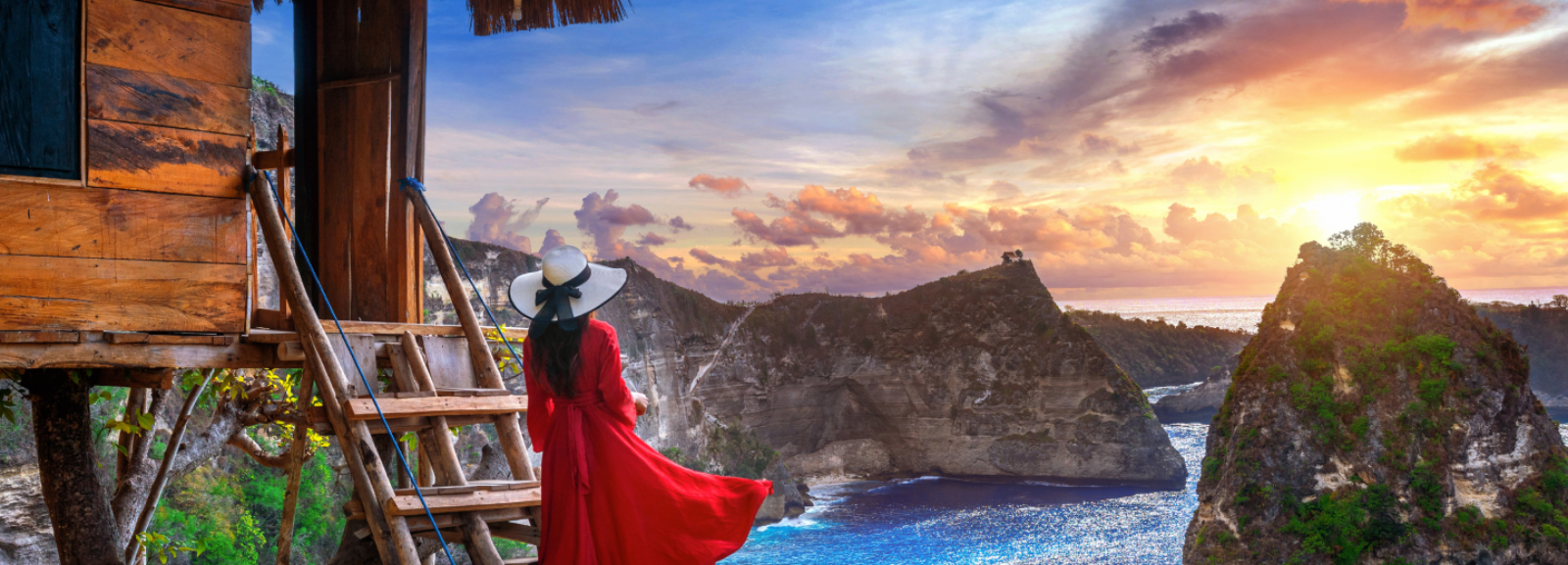
A stunning fusion of vibrant culture and breathtaking landscapes, waiting to be explored.
Explore tropical beaches that dazzle the senses and immerse yourself in a rich tapestry of art, culture, and spirituality.




In the tranquil heart of Ubud, envision yourself practicing yoga beneath the shade of lush trees, with the calming sound of rivers gently flowing in the background. Reconnect with your spirit through the sacred Melukat ritual at Tirta Empul Temple, where the pure waters from natural springs cleanse both body and soul, restoring a deep sense of peace and vitality.
For a more adventurous escape, hike to the summit of Mount Rinjani in Lombok, one of Indonesia’s tallest volcanoes. At its peak, a stunning caldera reveals a crystal-clear blue lake, framed by clouds and offering panoramic views that feel like a dream come true.
Venture into the untamed beauty of Komodo Island, where you’ll encounter the legendary Komodo dragons roaming the rugged savanna and the vibrant pink beaches, immersing yourself in a landscape that seems almost otherworldly.
-